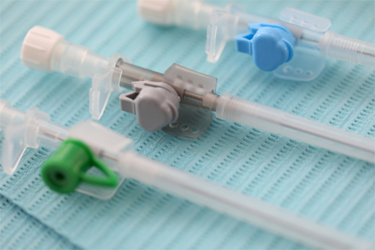Vascular Access And Sensor-Enabled Catheters: 5 Key Considerations

Catheter use has expanded across therapy areas, applied to a multitude of purposes over the years, and now includes embedded sensors among its capabilities. Sensor-based catheters provide real-time physiological data to drive improved patient outcomes through precise data on cardiac functions, intracranial pressure, oxygen levels, and more.
Assisted by pressure sensors, modern catheter design criteria focus on optimizing fluid flow and implementing specialized materials to enable ease of placement (i.e., for patient comfort) in both short- and long-term clinical applications (e.g., power injection or dialysis). Some new, sensor-enabled catheters also have design criteria focused on miniaturization, which optimizes sensor functionality within specific anatomy and physiology.
As we add sensors to more and more devices, procedure success, safety, and patient comfort all will benefit from smaller, faster, and more accurate sensors. These will enable caregivers to gather measurements in less-intrusive ways while providing more accurate diagnoses.
Get unlimited access to:
Enter your credentials below to log in. Not yet a member of Med Device Online? Subscribe today.
